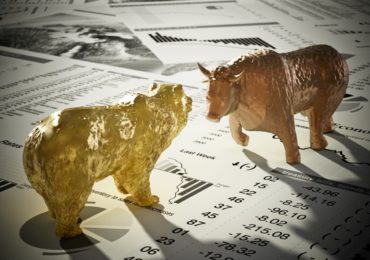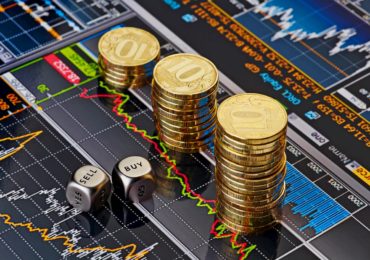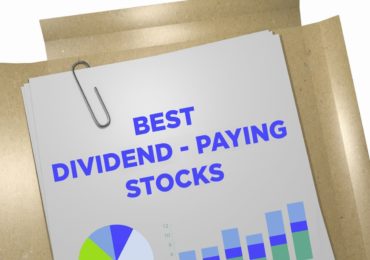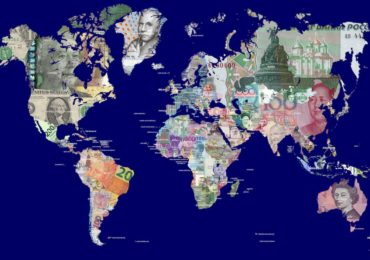How to Trade Indices
What are Indices?
Indices or stock indices, as they are popularly known by many, are trading products that give you the chance to trade the opinion of an economy without having to select individual stocks. Indices are one of the most popular products to trade, especially with the unique benefits to CFD trading. The majority of developed and developing economies have at least one financial index or more.
Why trade indices?
Trading indices are a secure way of trading. The risks of trading indices are lower than the risks associated with trading individual stocks. Here are some other reasons to trade indices:
Trading indices means you are trading with the least manipulative financial instruments
An index price changes according to the fluctuations in the price of the constituent companies that make up that index.
Embedded money management scheme
When you trade indices, you do not put your investments in one place. You have a proper way of managing your funds because, when trading indices, the rate of loss is very low.
Low risks
Even when showering praises on the index market, we should understand that the index market can also be volatile. Factors such as economic forecasts, an index losing or gaining in the market, or geopolitical events; these have a tendency to swing things in your favour and in the opposite direction, but no matter how bad things get, it is still much better than trading individual stocks, which is far riskier.
No bankruptcy risks
Unlike trading with an individual company, an index can’t go bankrupt. If a constituent goes bankrupt, it is replaced by another company from a list of leading companies. However, if you trade individual shares in a particular business or company, you could immediately lose your investments.
Benefit from the global economic situation
When you trade index, you are investing in many companies put together. This also means that you would benefit from the good and bad dynamics of the global economy; whether an individual company fails or not, the possibility of a rising index is still high.
How to trade indices with CFD
In addition, you gain exposure to your regional or even the global market without having to go through the stress of analysing individual company performances. Trading popular stock market indices provide traders with high liquidity, tight spreads, and extended trading hours.
One of the most popular and simplest ways to trade indices is with CFDs – Contracts for Difference. A CFD is a type of contract between a trader and a broker in which both parties try to make a profit from the opening and closing of the trade.
Trading indices using CFD allows you to go long or short in the market without having to deal with conventional exchanges. Using CFD, you trade directly with your CFD broker, and no matter how positive or negative your view of the index predictions and forecasts, you can make a profit from upward or downward future price movements. Trading indices is popular with many CFD traders around the world because of the wide section of liquid trading instruments.
How are major indices calculated?
Before everything became digital and more accessible, indices were calculated as simple averages for which individual constituent prices were summed up and divided by the number of companies. This approach does not hold water anymore as it is seen as too simple and only meets the requirements of that particular time and season, providing a limited view of the strengths of a particular market.
The value of indices today still changes according to fluctuations in the value of its original individual stocks. However, indices use two formulas to determine their price:
Market value-weighted indices
Another name for market-weighted indices is capitalisation-weighted indices; these are calculated based on the total market value of their elements. It means that more prominent companies have a higher impact on the index than smaller ones.
Price-weighted Indices
Price-weighted indices are calculated on the share price of their constituents, which means that companies with higher share prices have a more significant impact on the overall index than smaller ones.
Major indices traded today
- UK100
This contains some of the companies regulated by UK company law, with all companies in the UK100 based in the UK. They have their prices calculated in real-time and published second-by-second during open market hours.
2. GER30
Popularly known as the DAX stock index, this market contains the top 20 German companies based on capitalisation. GER30 is among the top traded indices in the world due to its high ranges and volatility.
3. SPX500
This is another popular index, created by Standard & Poor’s – a successful publishing firm – includes the top 500 companies in America. Known for its correlation with other markets, the SPX500 is a popular choice amongst traders today.
4. US 30
The US 30, commonly known to many as Dow, is one of the most popular stock indexes in the world, holding stocks of 30 companies in nine major core market sectors. This index is famous for its price-weighted average as well as its movements, which are used as an indicator to gauge risk sentiment all over the world.
5. NASDAQ
Popularly known to many as Nikkei 225, this is the most popular index in the Tokyo stock exchange in Japan. This index has critical indicators for the performance of Japan’s economy. Knowing that the Japanese economy is export-oriented, it is not surprising that NASDAQ is highly connected to the US stock markets.
Bottom Line
Trading indices is one of today’s most profitable methods of making money without the related risks of trading individual stocks. You can also benefit from market movements across a range of companies, giving you a more significant opportunity with lower risks of high volatility. In whatever location you find yourself, trading indices is always a profitable venture.











